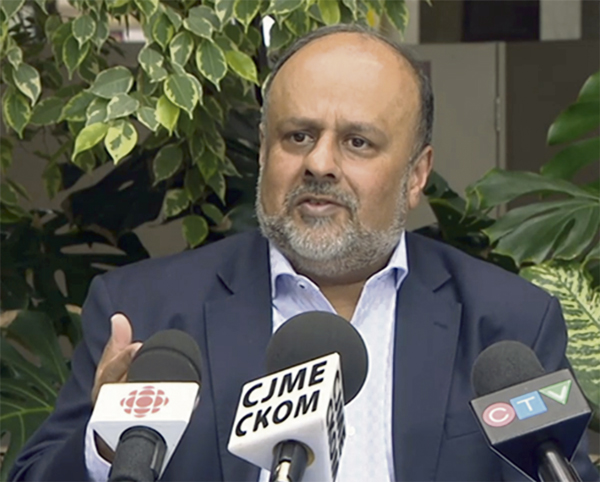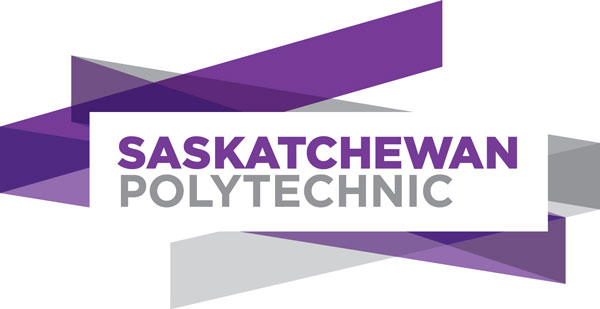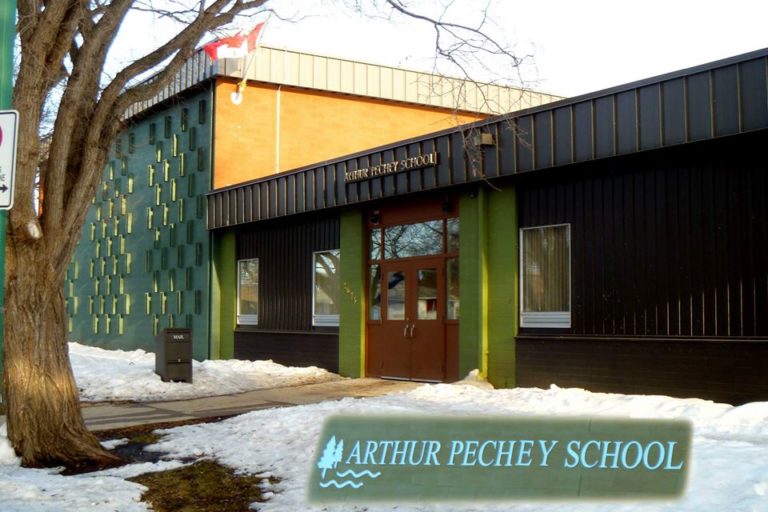Two more Saskatchewan residents have died after contracting COVID-19.
“Our deepest condolences to the family and friends of the people who have passed away as well as others who have been faced with COVID impacting their lives and these obviously continue to be difficult times for those who are impacted in such a way,” Saskatchewan’s Chief Medical Health Officer Dr. Saqib Shahab said in a press conference on Wednesday.
Both of the reported deaths occurred in the far north with one individual in their 80s and the other individual in their 60s.
This new total includes a death that was initially reported yesterday. The total number of deaths in Saskatchewan attributed to COVID-19 is now 10.
In addition to the reported deaths, there are three new cases in the province bringing the total to 637 overall cases. Two of the new cases are in Regina and one new case is in the far north.
“This is a reminder that as we engage safely in the reopening of Saskatchewan COVID is still around throughout Saskatchewan and we need to keep taking all of the precautions we have to prevent any further transmissions as our economy reopen,” he said.
The Saskatchewan Health Authority also declared a community outbreak in Saskatoon on Wednesday.
Dr. Johnmark Opondo, Medical Health Officer, officially declared the outbreak on May 27 in a release by the SHA.
“All the information I have at this moment is the family went outdoors, likely involving a barbecue,” Shahab said.
The outbreak is the result of one confirmed positive case and one presumptive positive case between May 21 and 26. These cases are linked to two large family gatherings in early May that exceeded public health order of ten people. It is being declared an outbreak as it involves multiple different households with transmission linked to a large gathering.
The contract tracing investigation is underway and involves a total of over 60 individuals but is contained.
All the close contacts are isolating at home and there is no further risk to the public. The outbreak is not linked to transmission at a health care facility and has not resulted in any hospitalizations to date.
“And again these two events, the fact that there is two cases in Regina and now an outbreak in Saskatoon again is a reminder that even as we engage in the reopening of Saskatchewan, even as we look forward on June 8 onward our indoor gathering size increasing to 15 and our outdoor gathering size going up to 30 we still need to consider very carefully who we are inviting,” Shahab said.
We should find a way to connect virtually or by other means, Shahab said, and we should ask ourselves about these gatherings.
“What can we do to minimize the risk of transmission if, for example, someone was asymptomatic and attended and of course anyone who has any symptoms should attend any such events even if it is in the prescribed limit, which currently is 10 and would go up to 15 for indoor gatherings on June 8 and 30 for outdoor gatherings,” Shahab said.
With cases of people being denied medical services in the south Shahab did not have information but said anyone should be able to receive care.
“Any Saskatchewan resident, or anyone in Saskatchewan should be able to seek any medical care. If someone is symptomatic they should be able to of course call ahead if they have COVID-19 symptoms and care providers should have all of the proper PPE to provide care in a safe manner and as required. Many private care providers who now are opening their practices do a risk assessment and screening before an appointment is made and on the day of the appointment as well to insure that the risk of transmission within the practice setting to either from patient to provider or provider to patient or other people in the waiting room is minimized. While I will inquire further I will also ask Dr. Susan Shaw if she has any further information on this,” he said.
According to Chief Medical Officer Dr. Susan Shaw she was not aware of any similar cases happening in services provided by the SHA.
“I have heard just through the media of reports of people who have had challenges accessing other aspects of medical care within the community. I agree that the risk assessment at the point of arranging that appointment or right before the appointment that taking all of the best practices and precautions to insure safety is the underlying principle and you should be able to access services regardless of location also if you are asymptomatic and the symptoms are managed. Absolutely an emergency or an urgent care situation than we wouldn’t want any barriers to exist for anybody,” Shaw said.
As the next phase of the Re-Open Saskatchewan plan approaches Shahab warned everyone to remain cautious.
“We all need to understand that nothing is risk free,” he said.
“I think that what this underscores is we cannot go back to business as usual, even though in some respects, even though we see more traffic, even though we see more vehicles on the roads, even though we see more people outside in the greenspaces,” Shahab added.
There are currently 559 recoveries and 68 cases are considered active.
Ten more recoveries have been reported.
There are four people in hospital with illnesses related to COVID-19. One is receiving inpatient care in the Saskatoon and three people remain in Saskatoon in intensive care. The province is emphasizing that these areas are where the patient is hospitalized, not the regions where they live. Active cases are included in the number for their region of residence.
There are currently 50 cases who are health care workers; however, the source of the infections is not related to their work environments in all instances, 253 of the cases are from the far north, 167 are from the Saskatoon area, 111 are from the north, 78 are from the Regina area, 16 are from the south and 12 are from the central region.
Of the 590 cases in the province: 141 cases are related to travel, 363 are community contacts, which includes mass gatherings, 77 have no known exposures and 56 are under investigation by local public health.
The age breakdown shows 93 cases involve people 19 years of age and under, 227 cases are in the 20-39 age range, 195 are in the 40-59 age range, 104 are in the 60-79 age range and 18 are in the 80-plus range.
The gender breakdown shows 51 per cent of the cases being females and 49 per cent being males.
As of May 27, 45,118 COVID-19 tests have been performed in the province.






